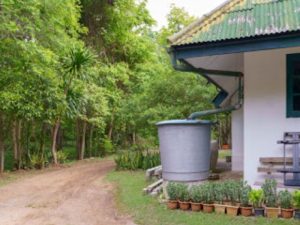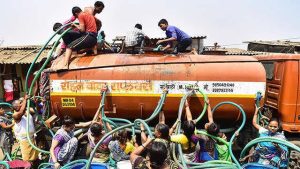 Photo Courtesy: Mumbai Mirror
Photo Courtesy: Mumbai Mirror
Citizens across the city are reporting about an alarming depletion of groundwater. Wells situated in private properties and temples are almost running dry, they say.
Experts claim that although Mumbai is blessed with abundant groundwater, the low levels in the wells could be due to the massive construction taking place in the city. There are about 6,000 construction sites in Greater Mumbai, each one digging deep piles into the ground for making basements.
The issue was sparked early this month on Parsi community chat groups with members reporting low water levels in the wells inside several fire temples across the city. The well is a crucial component in any fire temple without which no liturgical ceremonies can be performed.
Juhu resident and civic activist Zoru Bhathena said the sweet water well on his property generally has 5 feet to 7 feet of water around this time of the year.
“This year, it has plummeted to just 3 feet,” he told Mirror. “I asked the neighbours and friends in the locality, and they pointed to a huge construction site near my house where the ground had a deep excavation for a basement,” he said.
“Substantial water extraction accompanies basement construction impacting water resources in the area significantly,” he added.
Several other residents in Juhu too complained that there was hardly any water left in their borewells with rocks at the bottom visible.
Bhathena has written to the Principal Secretary, Environment & Climate Change, Maharashtra Water Resources Regulatory Authority and BMC commissioner regarding this.
The total water stocks in the seven lakes that supply water for Mumbai’s daily needs stood at 9 lakh million litres as on January 15 62% of the required quantum. On the same date last year, water stocks were at 9.59 lakh million litres or 66% of the required quantum which was also higher than this year’s situation.
In Thakur Complex, Kandivali (east), Nishant Mody said that they have seen a significant reduction in borewell water supply from January 9. Initially, residents suspected it was due to water leakage or a pump-related issue.
“We have had to increase our pump running time and reduce the water usage in the garden to compensate for this reduction. Our security personnel who also works in a nearby housing society, observed similar depletion around the same dates,” said Mody.
Structural experts and environmentalists Mirror spoke to said that they were not surprised. Alpa Sheth, a structural engineer, said that the proliferation of skyscrapers could be the reason. Most have 3-4 level basements.
“Mumbai is a city beside the sea and the water table is bound to be high. If so many construction sites are going to go below the ground and suck out the water, its effect will be seen somewhere,” she said.
Amar Joshi, a geologist, said that the rampant piling work that the city is witnessing could be a cause for depletion of ground water. “Besides, there are many infrastructure projects like the coastal road twin tunnel or the underground metro where digging is done several metres below the ground.
The groundwater that is sucked out is all wasted,” said Joshi. He added that borewells in areas like Dhobi Talao once catered to a much larger number of water tankers than at present.
Environmentalist Subhajit Mukherjee, founder of the NGO Mission Green Mumbai, said climate change could also be attributed as one of the factors to these complaints of depleting ground water levels. “Earlier, the rain pattern was such that through the four monsoon months, the city would receive continuous rain, allowing the water to soak in at ease. But now the situation is such that the city gets intense rain in a short spell, making up for all the four months.
This large quantum of rainwater cannot be soaked in easily, leading to a run-off,” said Mukherjee Bhagwan Kesbhat, founder of the NGO Waatavaran Foundation, who also worked as a programme coordinator with the NGO Paani Foundation, said that historically Mumbai has been known as the city of wells.
“The city was not dependent on outside water which now comes from the seven lakes situated outside the city limits. However, as the population grew, the need for these lakes was felt. Despite abundant rainfall, we have not taken advantage of it by harvesting rainwater. In the event of a bad monsoon, the water stress in Mumbai will be tremendous,” he said.
NeeRain is proud to republish this blog to spread awareness about the situation of water, for our stakeholders. Credit whatsoever goes to the Author.
This blog is published by:
Mumbai Mirror
We would like to spread this for the benefit of fellow Indians.
Author : Richa Pinto
Published On: 21, January, 2024







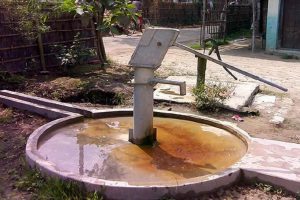 In Dhamdaha village of Purnia district of Bihar, yellowness is visible near the hand pump due to excess of iron. Whereas this hand pump has been installed by the government to provide iron free water. Photo: Pushya Mitra
In Dhamdaha village of Purnia district of Bihar, yellowness is visible near the hand pump due to excess of iron. Whereas this hand pump has been installed by the government to provide iron free water. Photo: Pushya Mitra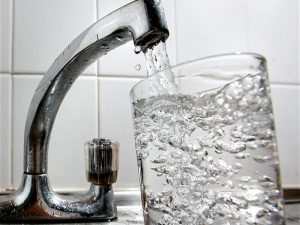 The bench had gone into the details of the PIL and took note of the grave situation of water scarcity stated in the PIL in context to the urban areas of Pune district. The Bombay high court had taken note of the above information and had directed that a special committee be constituted separately for PMC and PCMC. And such committees shall attend to the complaints of the residents regarding water scarcity. The PMRDA was also directed to address the water problems faced by the residents coming under their jurisdiction.
The bench had gone into the details of the PIL and took note of the grave situation of water scarcity stated in the PIL in context to the urban areas of Pune district. The Bombay high court had taken note of the above information and had directed that a special committee be constituted separately for PMC and PCMC. And such committees shall attend to the complaints of the residents regarding water scarcity. The PMRDA was also directed to address the water problems faced by the residents coming under their jurisdiction.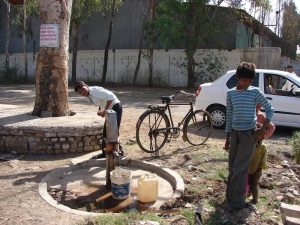 Photo: Ankur Paliwal
Photo: Ankur Paliwal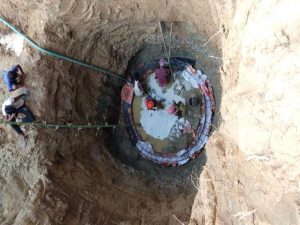 Villagers digging wells in Kedia village of Jamui district of Bihar. Photo: Pushyamitra
Villagers digging wells in Kedia village of Jamui district of Bihar. Photo: Pushyamitra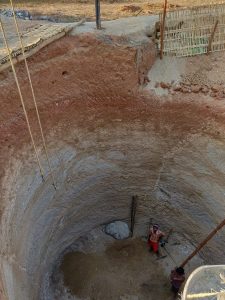 Photo courtesy: villagesquare.in
Photo courtesy: villagesquare.in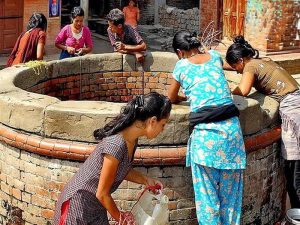 Photo courtesy: down to earth
Photo courtesy: down to earth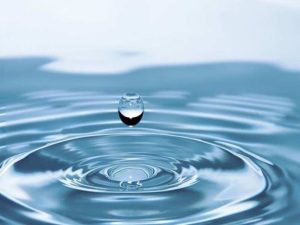 Photo courtesy: pinterest
Photo courtesy: pinterest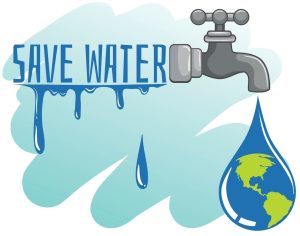 Photo courtesy: wordpress.com
Photo courtesy: wordpress.com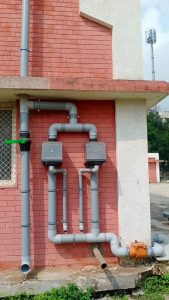 Photo courtesy:Neerain
Photo courtesy:Neerain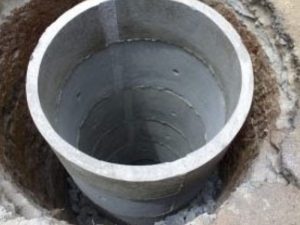 Photo courtesy:Istock
Photo courtesy:Istock